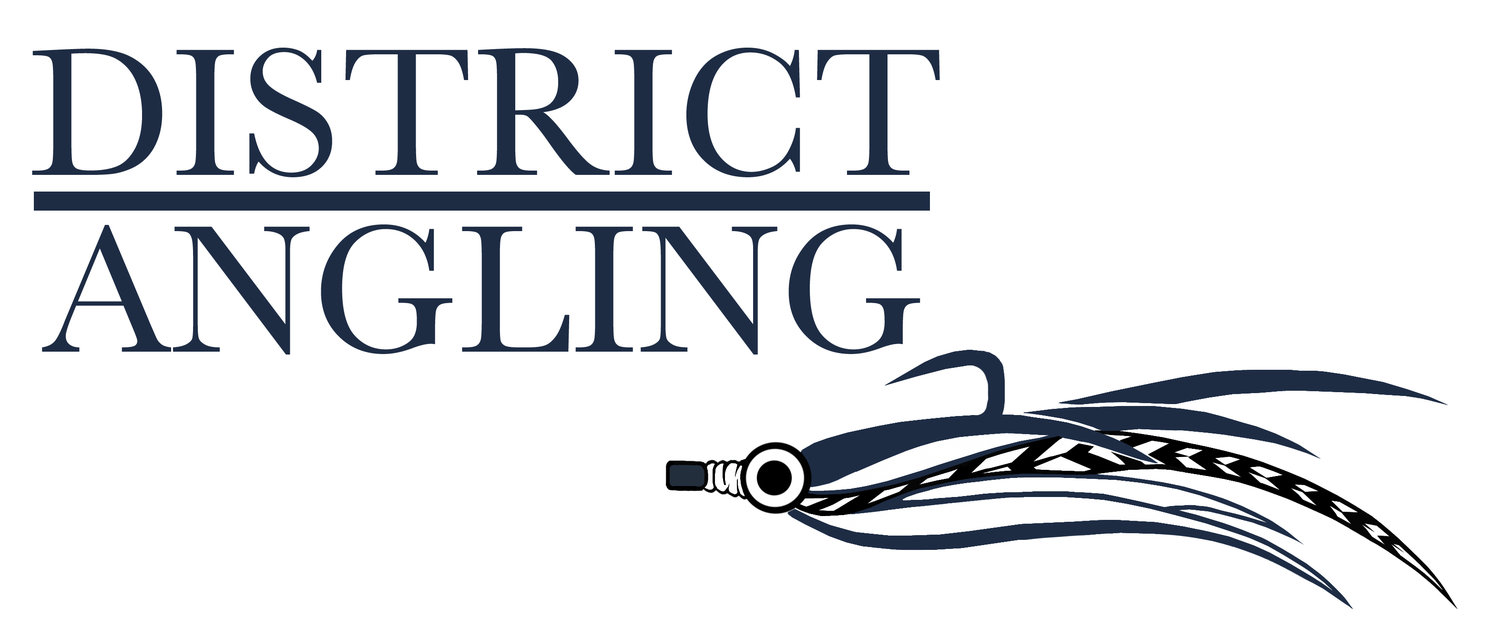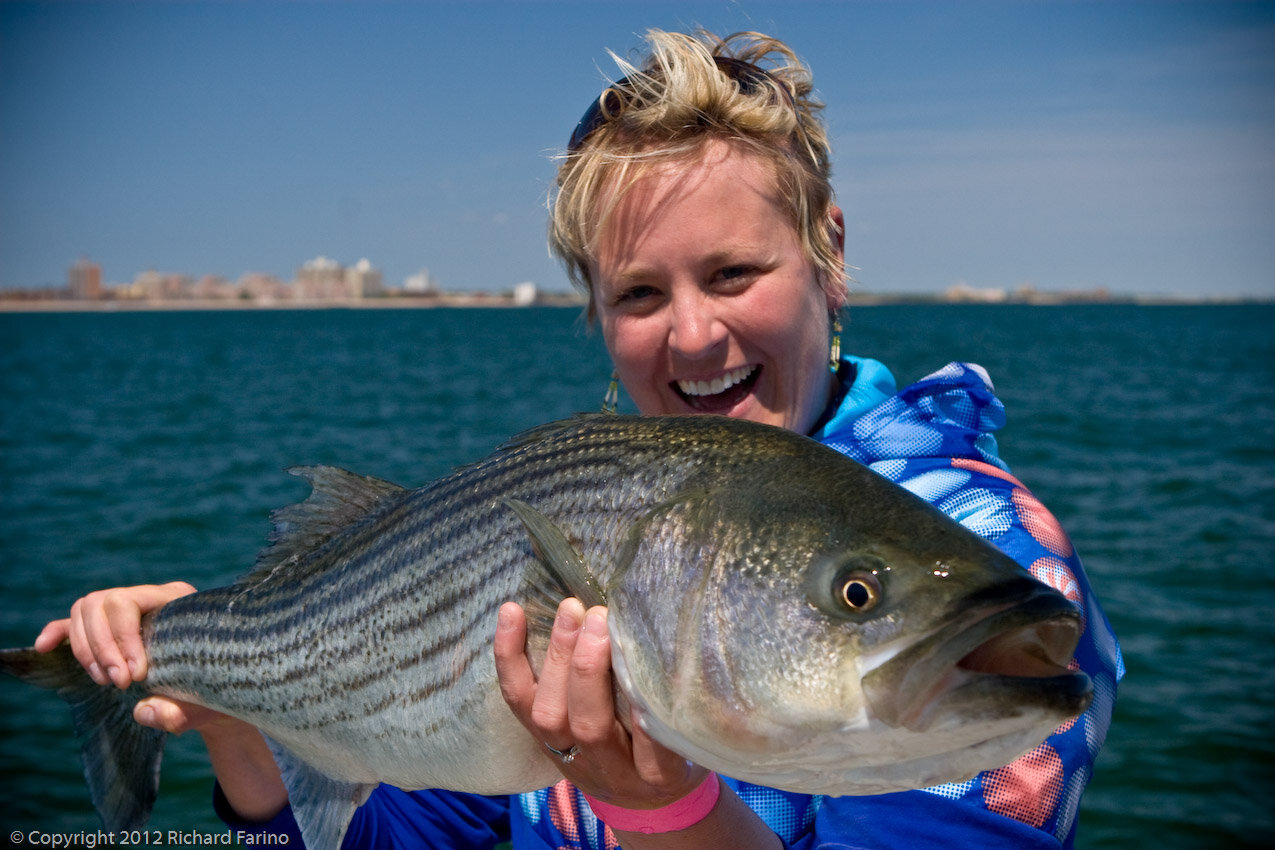The Ladies Have It
/Fly fishing is a sport long dominated by men, both domestic and internationally. Advertisements traditionally target married white males, approximately 40 years old. Equipment has been designed for men by men, and fishing is routinely considered a manly blood sport. Fishing trips were for the boys, and when we were children, grandpa took us fishing, and brought the fish home for the women to cook. Yet despite the proliferation of these ideas, nothing could be further from the truth. Women have participated and added to the sport, and continue to do so daily.
In the late 1800’s, fly fishing got its early start here in the United States, when local anglers started using fly fishing tackle to fish the trout-rich streams in the Catskills, yet one of the first books written about fly fishing that was published in 1496 is said to have been authored by an angling nun named Dame Juliana Berners. In 1892, Mary Orvis Marbury, daughter of Charles Orvis, compiled the first definitive book of fly patterns that is considered one of the most significant landmarks in fly fishing literature today. Carrie Stevens was a self-taught fly tyer from Maine who originated over 150 unique patterns in the 1920’s, many of which are still in production today and continue to catch trout and salmon throughout the world. Original flies tied by her are worth several hundred dollars each.
Fly manufacturing is an area where women excel in design, creation, and production. In the late 1920’s and 30’s, 2 married couples - Harry and Elsie Darbee, and Walt and Winnie Dette were grand producers of all Catskill-style flies for trout in the New York area. Mary Dette-Clark, the daughter of Walt and Winnie, began tying flies in 1954 and continues to tie flies today in her 80’s, in the same shop as her parents. Umpqua Feather Merchants, a company based out of Colorado, supplies a majority of the flies sold at most fly fishing shops and boasts gross sales of several hundred thousand dozen flies annually, and 99% of the employees in their factories in Thailand and Sri Lanka are women.
Joan Salvato Wulff, also known as the First Lady of Fly Fishing, has been casting since she was a schoolgirl in 1937. She had been a national casting champion from 1943-1960, and also won a National Fisherman’s Distance casting event against an all-male roster by casting a fly 161 feet. She has helped design a rod at the Winston Rod Company that bears her name as well. The Sage Rod Manufacturing Company, one of the largest manufacturers of fly fishing rods in the United States, employs over 160 people on Bainbridge Island just outside of Seattle, and over 65% of the people that build these rods are female. The aesthetic aspects and meticulous attention to detail needed to make these finely crafted fishing tools has attracted predominantly female job applicants, and the quality of these rods are the highest in the industry.
Nowadays, not only are there are fly fishing clubs, seminars, online blogs, and instruction that is geared and that caters strictly to women, but tackle and clothing manufacturers design gear and apparel for women to meet the growing demand of female anglers. Simms Fishing Products makes a full line of waders, boots, and apparel designed, cut, and shaped especially for women. Companies like Patagonia, Redington, and Fishpond also contribute to gear designed for the woman angler.
In honor of that first book published by Dame Juliana, a NYC-based women’s fly fishing club, aptly named Juliana’s Anglers, has existed for over 17 years and helps women enjoy the sport with other women through education, conservation, and group outings and events. A more local group is the Chesapeake Women Anglers, a Washington D.C. metropolitan area group that shares skills through teaching both on the water and in the classroom. They offer clinics, outings, and conservation efforts, just to name a few, and have been around over 17 years as well. These groups not only provide resources and an arena for women to come together to participate in the sport, but offer camaraderie and a chance to tell fish stories and tall tales with other ladies that love fly fishing just as much as they do.
For more information, stop into District Angling for details on women-only fly fishing, or visit the Chesapeake Women Anglers at www.chesapeakewomenanglers.org, Juliana’s Anglers at www.julianaanglers.com, and the Wulff School of Fly Fishing at www.wulffschool.com.


